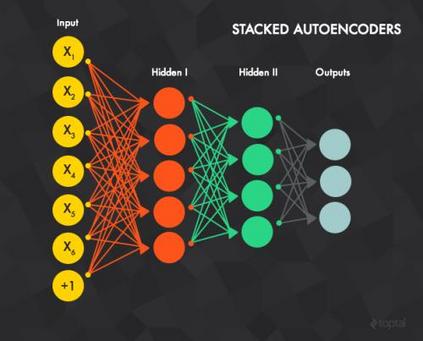Alzheimer's disease and Frontotemporal dementia are common forms of neurodegenerative dementia. Behavioral alterations and cognitive impairments are found in the clinical courses of both diseases and their differential diagnosis is sometimes difficult for physicians. Therefore, an accurate tool dedicated to this diagnostic challenge can be valuable in clinical practice. However, current structural imaging methods mainly focus on the detection of each disease but rarely on their differential diagnosis. In this paper, we propose a deep learning based approach for both problems of disease detection and differential diagnosis. We suggest utilizing two types of biomarkers for this application: structure grading and structure atrophy. First, we propose to train a large ensemble of 3D U-Nets to locally determine the anatomical patterns of healthy people, patients with Alzheimer's disease and patients with Frontotemporal dementia using structural MRI as input. The output of the ensemble is a 2-channel disease's coordinate map able to be transformed into a 3D grading map which is easy to interpret for clinicians. This 2-channel map is coupled with a multi-layer perceptron classifier for different classification tasks. Second, we propose to combine our deep learning framework with a traditional machine learning strategy based on volume to improve the model discriminative capacity and robustness. After both cross-validation and external validation, our experiments based on 3319 MRI demonstrated competitive results of our method compared to the state-of-the-art methods for both disease detection and differential diagnosis.
翻译:阿尔茨海默氏性阿尔茨海默氏症和Frontotomodal Dementia 是神经退化性痴呆症的常见形式。 在两种疾病的临床临床课程中都发现行为改变和认知障碍,因此医生有时很难诊断。 因此,临床实践中可以使用精确的诊断工具来应对这一诊断挑战。 然而,目前的结构性成像方法主要侧重于检测每一种疾病,但很少以差异诊断为主。 在本文中,我们建议对疾病检测和差异诊断两种问题都采用基于深层次学习的方法。 我们建议为此应用使用两种类型的生物标志:结构分级和结构萎缩。 首先,我们提议对3D U-Net进行大量的组合,以3DU-Net进行局部诊断,以便在当地确定健康人群、阿尔茨海默氏病患者和有Front-Troad dedimentia患者的解剖模式。 但是,使用结构 MRI 的输出是一种基于2C-协调的疾病协调地图,可以转换为3D分级图,供临床医生解释起来很方便。 这个2C-Channel地图与一个基于不同分类的多层次分解和深层分解方法的模型集化模型, 结合了我们基于不同分类的模型的模型的模型的模型, 以及一个基于不同分类法的模型的模型的校外校外研算方法, 和模型的校外研算法的模型的模型的模型的校外校验能力框架。



